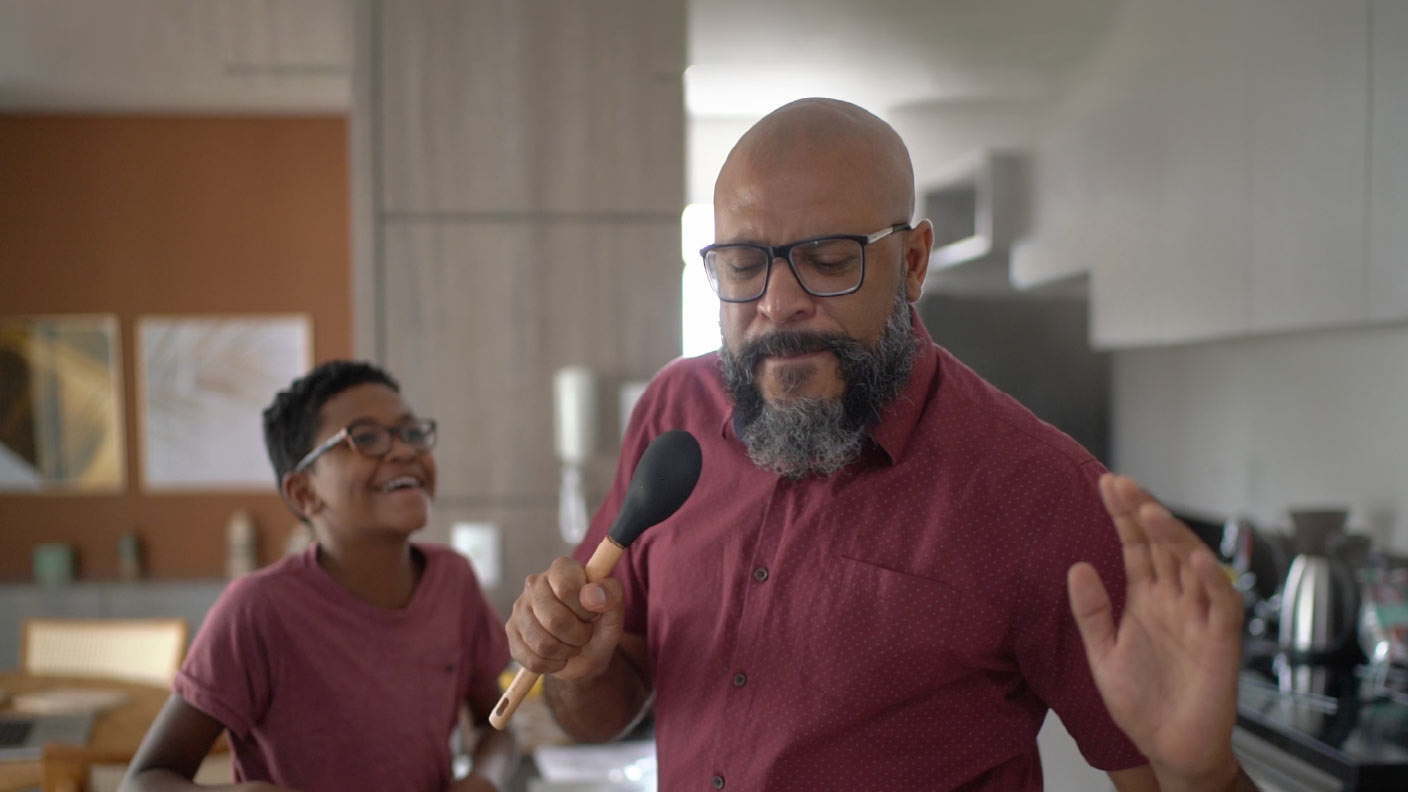Why toilets get blocked
Toilet blockage can happen for a number of reasons – from an obstructed drainpipe to poor flushing power. In rarer cases, improper venting and tree root intrusion can lead to a clogged toilet.
The most common cause of blocked toilets is a buildup of non-flushable items in the drain system. These include:
- Baby wipes
- Dental floss
- Makeup wipes
- Kitchen towels
- General waste
- Sanitary towels
- Too much toilet paper
- Cotton wool balls or buds
- Wet wipes (flushable or otherwise)
You can avoid blocked toilets by keeping non-flushable items at bay. There are instances where more serious issues can cause a blockage, in which case you will need to hire a professional.
How to prevent toilet blockages
Monitoring what you flush is the first step to preventing toilet blockage. But there are other measures you can take as well.
- Clean regularly. Cleaning the toilet bowl regularly can free any waste that may be stuck in your toilet and prevent potential clogging. For extra cleanliness, consider a toilet rim freshener.
- Use bleach on a weekly basis. Using bleach on the inside of the bowl can prevent limescale buildup. It also effectively kills bacteria, fungi and viruses, and gives your toilet an extra sparkle.
- Keep the lid closed whenever it’s not in use. This is more hygienic and stops items falling into the bowl, especially if you have items stacked on bathroom shelves above.
- Double down on flushes. The toilet flush can only handle so much. Sometimes, flushing the toilet twice in a row can double the flushing pressure and help waste to push through the system correctly.
Types of toilet blockages
From gurgling drains to high water levels, there are several signs that a clogged toilet is brewing.
Slow draining water
Slow water drainage is an early stage of toilet blockage. If the water drains from the bowl slower than normal after flushing, this is a likely sign your toilet is blocked. Always flush the water one more time if this occurs before trying anything else.
Bowl is empty after flushing
Likewise, an empty bowl after flushing can indicate a blocked toilet. If the resting water doesn’t return to the bottom of the bowl, it could mean air circulation issues in the waste pipes. If this occurs, try flushing one more time before moving to other solutions.
Rising water
Clogged toilets can also trigger slow or rapid rising water levels. If flushing causes the water level to rise in the bowl, this is a sign of complete toilet blockage. Avoid flushing again, as this can lead to overflowing and flooding, and seek help from a professional.
Is a blocked toilet covered by insurance?
If the only toilet in your house is blocked, getting someone to unblock it may be covered by home insurance emergency cover. This optional extra comes at an additional cost on top of your standard home insurance, covering emergencies to do with plumbing or drainage and more.
But exclusions do apply. Whether your blocked toilet is covered will depend on what caused the blockage. For example, if a non-flushable item caused the toilet to clog up, this is considered your fault and may not be covered by insurance.
What if my blocked toilet has caused water damage?
In some rather unfortunate instances, blocked toilets might overflow and cause water damage. If this occurs, you may be able to claim for this on your home insurance.
Buildings insurance for water damage
Rising water caused by blocked toilets can easily seep into nooks and crannies, causing significant damage to your home’s structure.
With buildings insurance, you may be able to claim for accidental water damage to things like floors and ceilings as a result of a blocked toilet. Buildings insurance policies include some accidental damage cover as standard. Cover will depend on the type of damage and what caused the toilet blockage.
Contents insurance for water damage
Similarly, flooding because of a clogged toilet can damage items and possessions in the home – particularly things vulnerable to water.
It’s possible to claim contents insurance for accidental water damage to furniture and electronics such as TVs, consoles and tablets. Contents insurance policies come with some accidental damage cover as standard, so you can protect what matters most. Cover will depend on what caused the toilet blockage, and the type of damage caused.
Frequently asked questions
Is a blocked toilet covered by insurance?
Your blocked toilet may be covered by home emergency insurance. This is an optional extra that you can add to your home insurance cover for an extra cost. If the toilet blockage causes water damage to the structure of your home, or damages your possessions, you may be able to claim buildings or contents insurance.
Who is responsible for a clogged toilet?
Determining who is responsible for a clogged toilet will come down to the cause. If it’s due to a buildup of non-flushable items in the drain, the responsibility to fix it falls on you. However, if it’s the result of a structural issue, such as a tree root invasion, this may be covered by home insurance.
Is a toilet not flushing an emergency repair?
Yes, a non-flushing toilet is considered a plumbing emergency – especially if it’s the only toilet in the home. Blocked drains and toilets can cause flooding and should be seen to immediately. You may be able to unclog the toilet with a plunger or by flushing hot water. If these don’t work, consult a professional as soon as possible.
More guides
Check out more handy guides for hints and tips on all things home insurance.
Find out more
